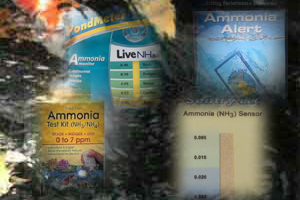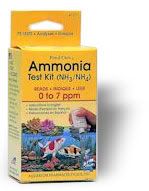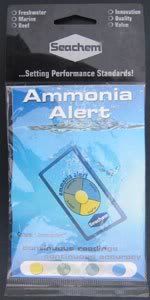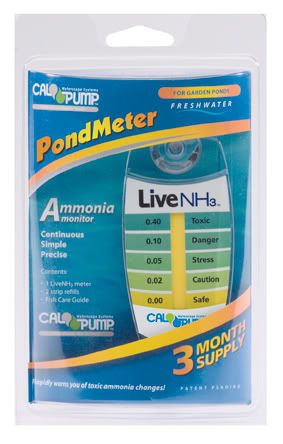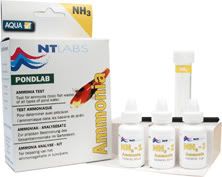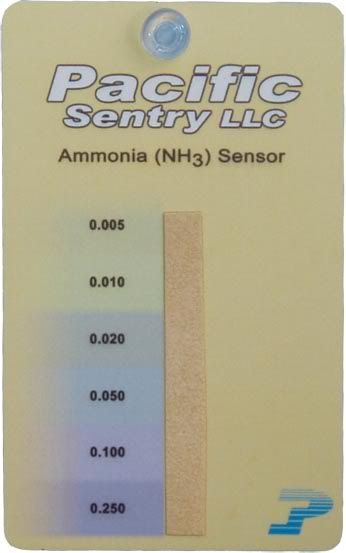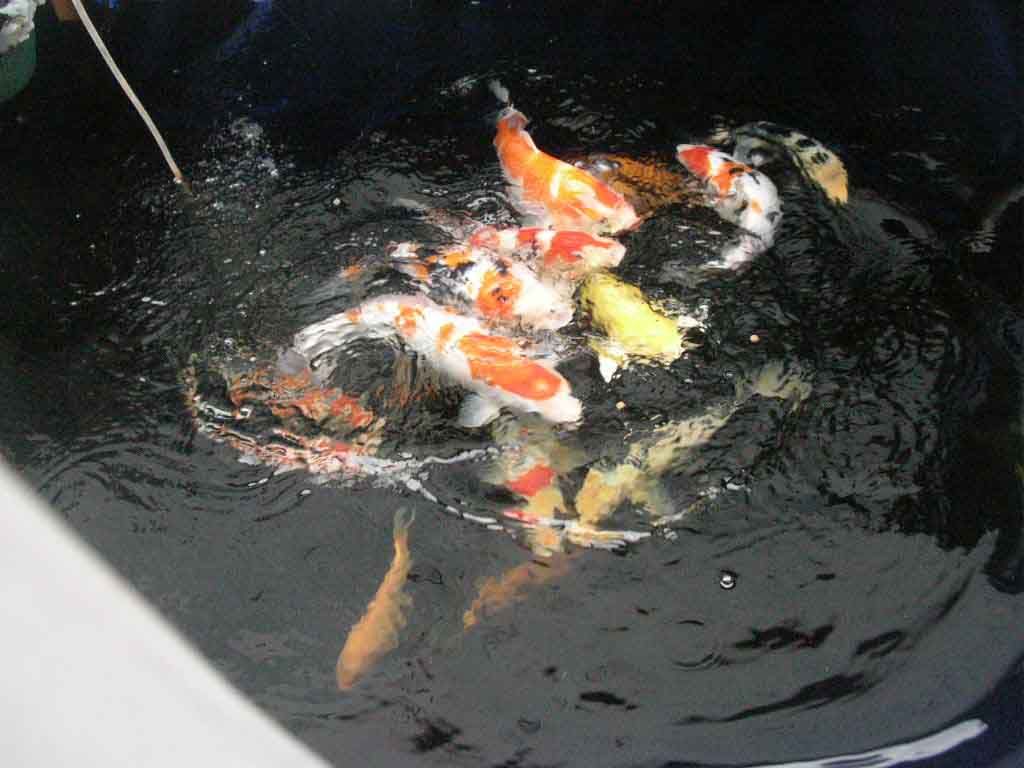Koi have the potential of growing to an enormous size. Interestingly the size of koi is usually measured in terms of their length whereas anglers measure their prize carp in terms of their weight. Jumbo koi are the product of years of selective husbandry, putting large areas of water in the form of mud ponds to one side for just a handful of prized specimens. In fact, probably the greatest single factor affecting the growth of koi is stocking density, with the largest and fastest growing fish coming form large waters.
Not all koi will have the potential to grow to such large sizes as they will not possess the genetic make up to achieve a jumbo size, irrespective of how ideal the growing conditions, depth of koi Pond,Water quality. In fact there is a general rule when considering the ultimate size of koi. Higher grade, complex variety koi (Gosanke) will not have the potential to reach the same size as the less appealing monocolour koi.
This table shows the size of koi growth based on age, not the absolute value but can be used as comparison. Many Factors that affect koi growth. These are :
a. Genetic/Bloodline.
b. Environment (stocking density, temperature, water quality etc) .
c. Food
| Months | Inches | Years | Cm |
| 0 | 0.3 | 0.0 | 0.7 |
| 1 | 1.1 | 0.1 | 2.9 |
| 2 | 2.0 | 0.2 | 5.0 |
| 3 | 2.8 | 0.3 | 7.1 |
| 4 | 3.6 | 0.3 | 9.1 |
| 5 | 4.4 | 0.4 | 11.1 |
| 6 | 5.1 | 0.5 | 13.0 |
| 7 | 5.8 | 0.6 | 14.8 |
| 8 | 6.5 | 0.7 | 16.6 |
| 9 | 7.2 | 0.8 | 18.4 |
| 10 | 7.9 | 0.8 | 20.1 |
| 11 | 8.6 | 0.9 | 21.7 |
| 12 | 9.2 | 1.0 | 23.3 |
| 13 | 9.8 | 1.1 | 24.9 |
| 14 | 10.4 | 1.2 | 26.4 |
| 15 | 11.0 | 1.3 | 27.9 |
| 16 | 11.5 | 1.3 | 29.3 |
| 17 | 12.1 | 1.4 | 30.7 |
| 18 | 12.6 | 1.5 | 32.1 |
| 19 | 13.2 | 1.6 | 33.4 |
| 20 | 13.7 | 1.7 | 34.7 |
| 21 | 14.2 | 1.8 | 36.0 |
| 22 | 14.6 | 1.8 | 37.2 |
| 23 | 15.1 | 1.9 | 38.4 |
| 24 | 15.6 | 2.0 | 39.5 |
| 25 | 16.0 | 2.1 | 40.6 |
| 26 | 16.4 | 2.2 | 41.7 |
| 27 | 16.8 | 2.3 | 42.8 |
| 28 | 17.2 | 2.3 | 43.8 |
| 29 | 17.6 | 2.4 | 44.8 |
| 30 | 18.0 | 2.5 | 45.8 |
| 31 | 18.4 | 2.6 | 46.7 |
| 32 | 18.8 | 2.7 | 47.6 |
| 33 | 19.1 | 2.8 | 48.5 |
| 34 | 19.4 | 2.8 | 49.4 |
| 35 | 19.8 | 2.9 | 50.2 |
| 36 | 20.1 | 3.0 | 51.1 |
| 37 | 20.4 | 3.1 | 51.9 |
| 38 | 20.7 | 3.2 | 52.6 |
| 39 | 21.0 | 3.3 | 53.4 |
| 40 | 21.3 | 3.3 | 54.1 |
| 41 | 21.6 | 3.4 | 54.8 |
| 42 | 21.9 | 3.5 | 55.5 |
| 43 | 22.1 | 3.6 | 56.2 |
| 44 | 22.4 | 3.7 | 56.9 |
| 45 | 22.6 | 3.8 | 57.5 |
| 46 | 22.9 | 3.8 | 58.1 |
| 47 | 23.1 | 3.9 | 58.7 |
| 48 | 23.4 | 4.0 | 59.3 |
| 49 | 23.6 | 4.1 | 59.9 |
| 50 | 23.8 | 4.2 | 60.4 |
| 51 | 24.0 | 4.3 | 61.0 |
| 52 | 24.2 | 4.3 | 61.5 |
| 53 | 24.4 | 4.4 | 62.0 |
| 54 | 24.6 | 4.5 | 62.5 |
| 55 | 24.8 | 4.6 | 63.0 |
| 56 | 25.0 | 4.7 | 63.5 |
| 57 | 25.2 | 4.8 | 63.9 |
| 58 | 25.3 | 4.8 | 64.4 |
| 59 | 25.5 | 4.9 | 64.8 |
| 60 | 25.7 | 5.0 | 65.2 |
| 61 | 25.8 | 5.1 | 65.6 |
| 62 | 26.0 | 5.2 | 66.0 |
| 63 | 26.1 | 5.3 | 66.4 |
| 64 | 26.3 | 5.3 | 66.8 |
| 65 | 26.4 | 5.4 | 67.2 |
| 66 | 26.6 | 5.5 | 67.5 |
| 67 | 26.7 | 5.6 | 67.9 |
| 68 | 26.8 | 5.7 | 68.2 |
| 69 | 27.0 | 5.8 | 68.5 |
| 70 | 27.1 | 5.8 | 68.8 |
| 71 | 27.2 | 5.9 | 69.1 |
| 72 | 27.3 | 6.0 | 69.4 |
| 73 | 27.5 | 6.1 | 69.7 |
| 74 | 27.6 | 6.2 | 70.0 |
| 75 | 27.7 | 6.3 | 70.3 |
| 76 | 27.8 | 6.3 | 70.6 |
| 77 | 27.9 | 6.4 | 70.8 |
| 78 | 28.0 | 6.5 | 71.1 |
| 79 | 28.1 | 6.6 | 71.3 |
| 80 | 28.2 | 6.7 | 71.6 |
| 81 | 28.3 | 6.8 | 71.8 |
| 82 | 28.4 | 6.8 | 72.0 |
| 83 | 28.4 | 6.9 | 72.2 |
| 84 | 28.5 | 7.0 | 72.5 |
| 85 | 28.6 | 7.1 | 72.7 |
| 86 | 28.7 | 7.2 | 72.9 |
| 87 | 28.8 | 7.3 | 73.1 |
| 88 | 28.8 | 7.3 | 73.3 |
| 89 | 28.9 | 7.4 | 73.4 |
| 90 | 29.0 | 7.5 | 73.6 |
| 91 | 29.1 | 7.6 | 73.8 |
| 92 | 29.1 | 7.7 | 74.0 |
| 93 | 29.2 | 7.8 | 74.1 |
| 94 | 29.3 | 7.8 | 74.3 |
| 95 | 29.3 | 7.9 | 74.5 |
| 96 | 29.4 | 8.0 | 74.6 |
| Months | Inches | Years | Cm |
Reference:
1. http://en.wikipedia.org/wiki/Koi
2. http://www.pond-doctor.co.uk/
3. http://www.rockymountainkoi.com/


